
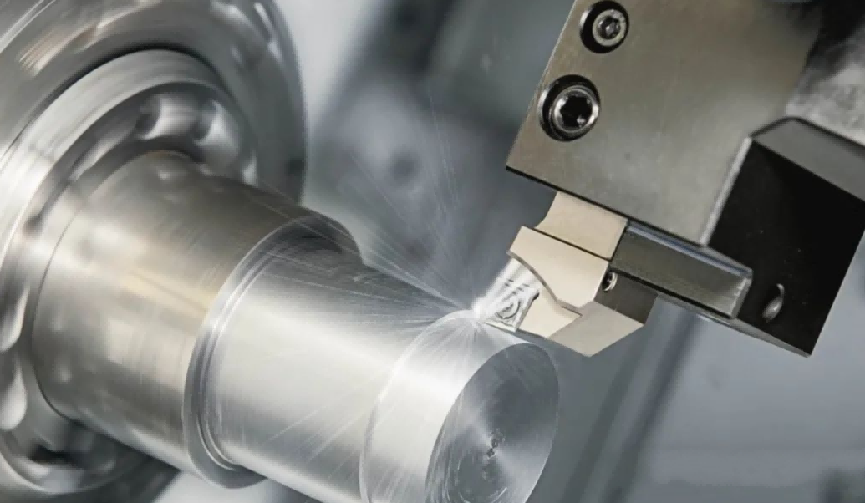
Titanium alloy, with its unique advantages, occupies an important position in aviation, aerospace, medical and other fields. In the past two years, it has also risen in the 3C consumer electronics field, and is used in the body and structural parts of many hot-selling high-end smart phones.
However, the difficult characteristics of titanium alloy processing have been bothering engineers and technicians. This paper will discuss the difficulties of titanium alloy processing and put forward corresponding countermeasures, in order to provide technical support for the wide application of titanium alloy.
2025-11-19 15:54:41
Super austenitic stainless steel 904L is a high-alloy austenitic stainless steel with a low carbon content. It has excellent corrosion resistance in dilute sulfuric acid and is specifically designed for environments with severe corrosive conditions. With a high chromium content and sufficient nickel content, the addition of copper gives it strong acid resistance, especially high resistance to chloride pitting and stress corrosion cracking. It is less prone to corrosion spots and cracks, and has slightly better resistance to pitting corrosion than other steel grades. It has good machinability and weldability and can be used in pressure vessels.
2025-11-19 15:50:56
The die-casting process of the rear end cover of the aluminum alloy motor housing was developed. In the early stage, the runner was reasonably arranged according to the product structure, and the filling and solidification analysis of the gating system was carried out by using numerical simulation software. During the actual production process, it was found that the gas holes in the castings were difficult to eliminate. According to the product structure, different solutions were adopted for different areas. For the gas holes in the thin-walled area at the end of the product where the slag pot could not be arranged, the exhaust insert and the increase of wall thickness were used to improve the fluidity of the aluminum liquid; for the dense gas holes in the thick-walled area at the end of the gating system, the cooling was strengthened to accelerate the local solidification and increase the thickness of the dense layer on the product surface; for the gas holes in the thick-walled area at the feeding port, the gating system was analyzed and the feeding was locally strengthened, etc. The trial production results show that the overall gas holes of the product were improved by using the optimized scheme, and the scrap rate was reduced. Keywords: Motor housing rear end cover; Die-casting process; Numerical simulation
2025-11-13 17:28:42
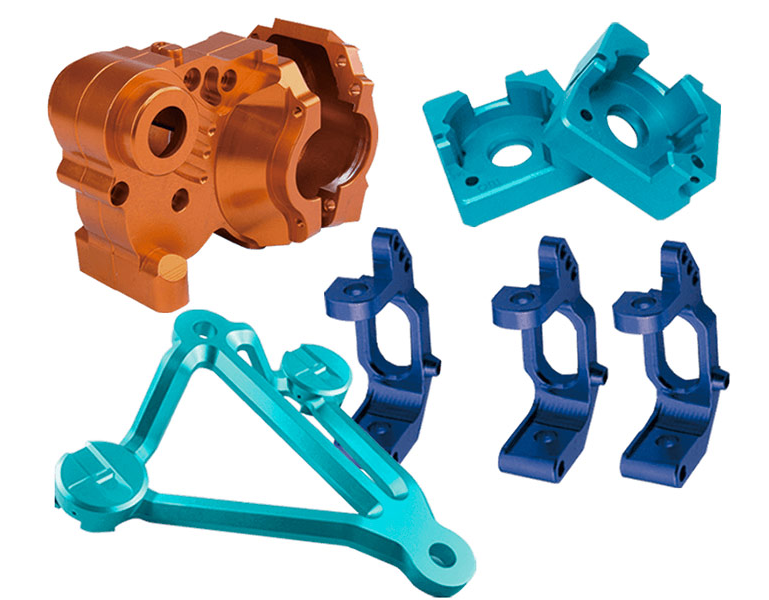
No matter how good the quality of the finished parts is, the quality of the metal surface treatment can further improve its performance.
In the manufacturing process of metal parts, surface treatment is an indispensable link. Appropriate surface treatment can not only beautify the appearance of metal components but also significantly extend their service life.
2025-11-13 17:14:46
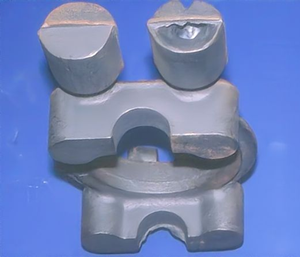
The risers were designed according to the standard. Why are there still shrinkage cavities in the castings?
2025-11-13 17:09:56
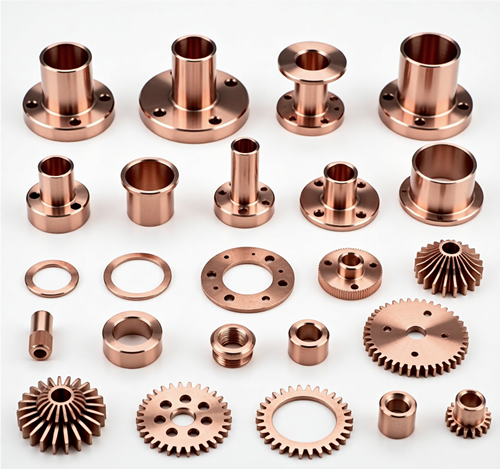
In the field of non-standard mechanical design, copper and copper alloys (such as T2 pure copper, H62 common brass, H59 lead brass, aluminum bronze QAl9-4, white copper B30, beryllium bronze QBe2, and chromium-zirconium copper CuCrZr) have become key materials for special working conditions due to their excellent electrical conductivity, thermal conductivity, corrosion resistance and processing performance. The rational selection of copper materials can effectively meet the design requirements of electrical conduction, heat conduction, wear resistance and corrosion resistance.
2025-11-13 17:07:20
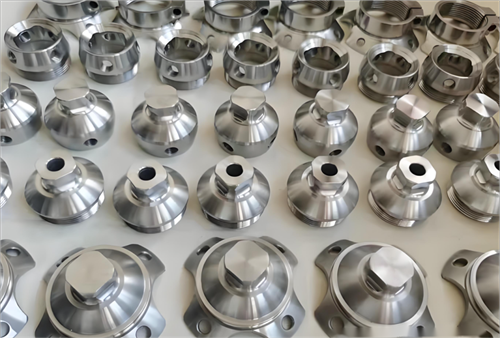
Titanium alloys are widely used in aerospace, medical, marine engineering and other fields due to their excellent strength, corrosion resistance and biocompatibility. However, the forming process of titanium alloys is complex, and the appropriate forming method needs to be selected according to the shape, size and performance requirements of the parts.
2025-10-30 16:46:57

In mechanical design and materials science, fundamental concepts such as Rigidity, strength, and hardness are essential knowledge that engineers and technicians must master accurately. Although these terms may seem similar, they each have distinct physical definitions and engineering significance. This article will systematically analyze the essential differences among these eight key performance parameters.
2025-10-30 16:39:54
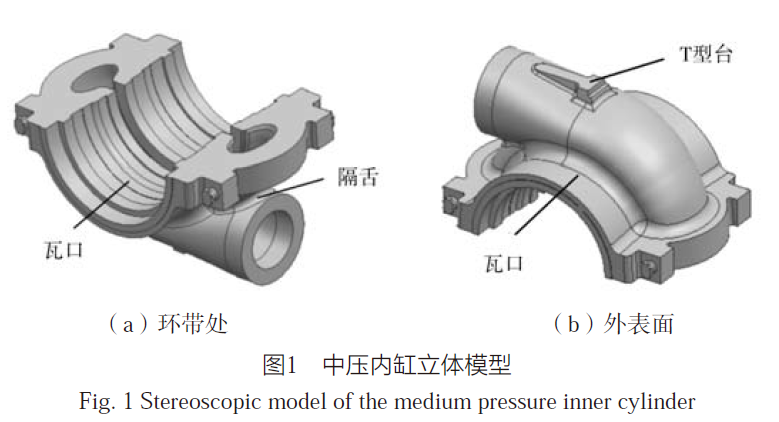
The inner cylinder casting of the steam turbine has a large wall thickness and narrow steam passage in the inner cavity, which is prone to sand sticking. The reasons for the shrinkage porosity defects in the initial casting process were analyzed, and the solidification process was simulated using MAGMA software. The casting process plan was optimized in a targeted manner. After the production verification of the optimized casting process, the casting quality was good and met the technical requirements. Compared with the initial plan, the casting process yield increased by nearly 20%.
2025-10-29 18:04:01
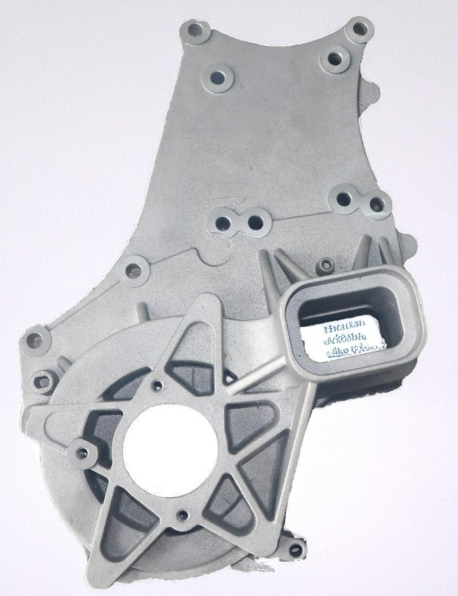
Among the Monel nickel-copper alloy family, there are two alloys that look very similar in appearance, namely Alloy 400 and Alloy K500. A closer inspection reveals some differences between the two. A further explanation of these differences may be helpful in material selection issues. In this article, we will explore these two alloys and compare and contrast their metallurgical properties.
2025-10-29 17:53:14
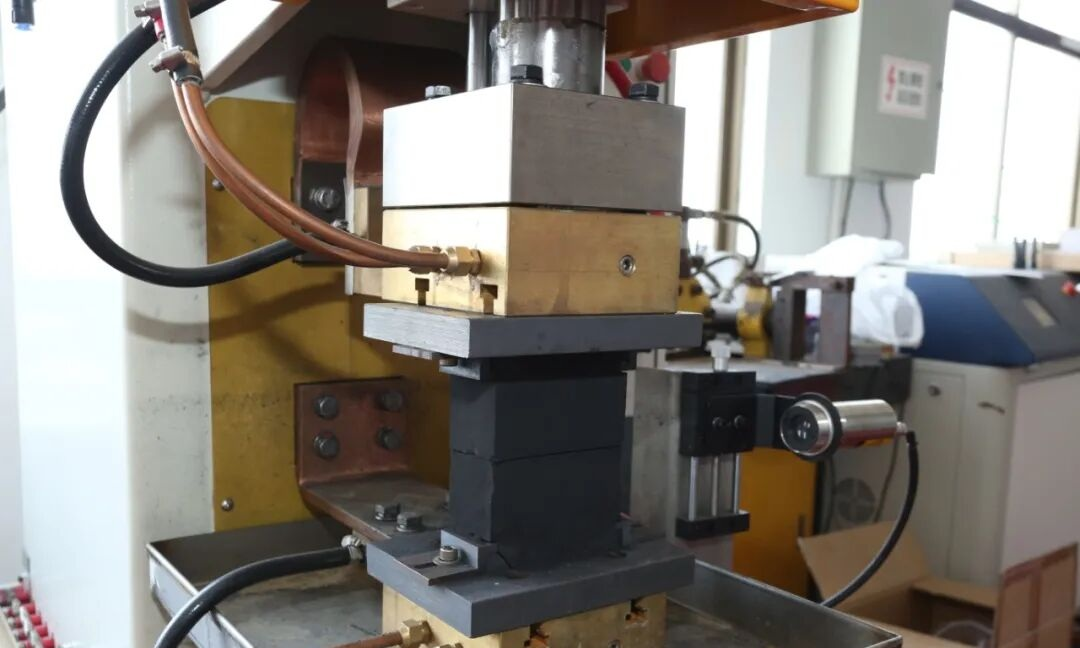
Diffusion welding is a solid-state welding method that forms a strong connection by making the surface atoms of the welded parts diffuse into each other under high temperature and pressure. It is suitable for dissimilar metals, heat-resistant alloys, ceramics and other materials, and has the advantages of high joint strength and small deformation.
2025-10-29 17:50:23
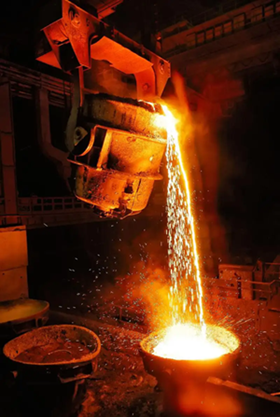
To ensure the product quality of wind power castings and meet the low-temperature impact performance in the as-cast state, it is necessary to make the ferrite matrix and spheroidization effect of the castings meet the standard requirements. This paper takes the medium-frequency induction furnace melting as the premise, combines the self-hardening furan resin sand molding process, and produces wind energy castings with a mass of 7500kg and a maximum wall thickness of 150mm. It analyzes the organizational control measures in the production process of large-section castings and discusses how to achieve the batch production of ferrite matrix ductile iron through the reasonable selection of chemical composition and effective control of the spheroidization and inoculation process.
2025-10-28 17:58:32
364



